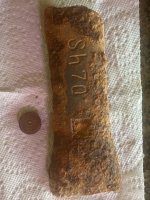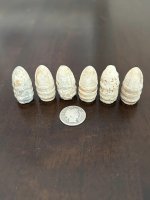found the one point this afternoon.
Cold 14 mph wind from the north made the mid 40's feel like the mid 30's. Raining and steady wind. Cold. Felt like winter was setting in again. Talked to a few farmers, all were fixing to get a wood stove going.
checked out a few fields for metal detecting, found only one point.
walked right up on it.
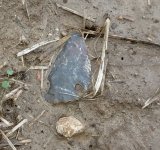
Took a video, but after the other hearkbreaker I had a 50/50 chance
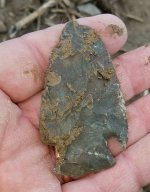
here it is washed. Got a few dings
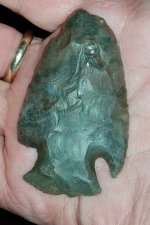
got home and fixed a fire in the box and poured a cold brew.

Cold 14 mph wind from the north made the mid 40's feel like the mid 30's. Raining and steady wind. Cold. Felt like winter was setting in again. Talked to a few farmers, all were fixing to get a wood stove going.
checked out a few fields for metal detecting, found only one point.
walked right up on it.

Took a video, but after the other hearkbreaker I had a 50/50 chance

here it is washed. Got a few dings

got home and fixed a fire in the box and poured a cold brew.

Amazon Forum Fav 👍
Upvote
0




